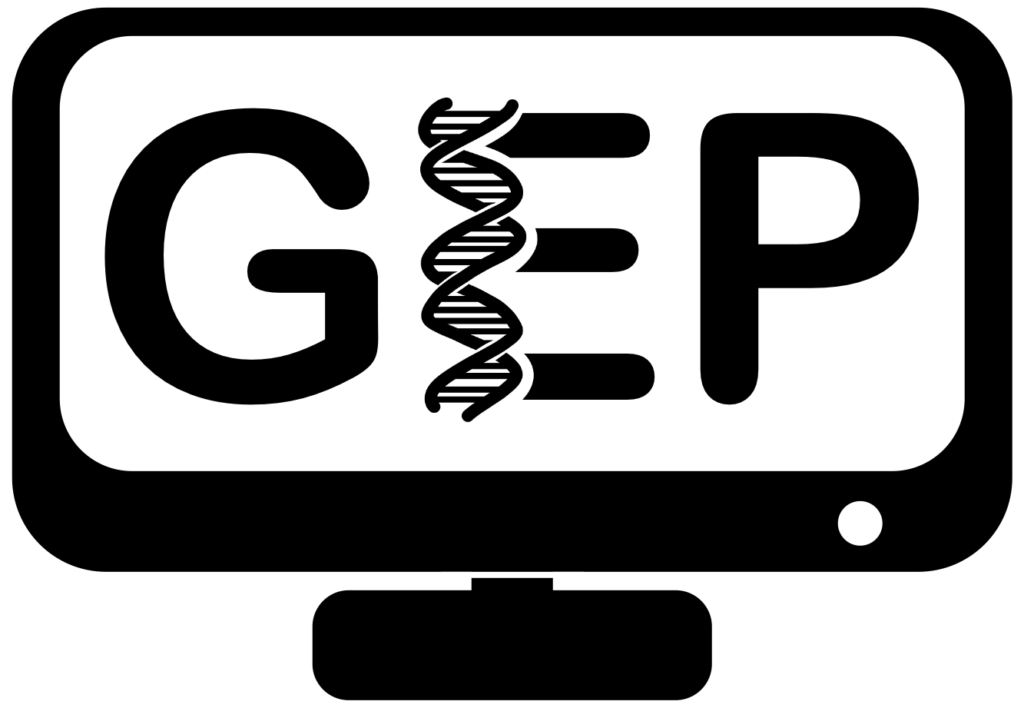Parasitoid Wasps Project: Annotation Walkthrough
This exercise will walkthrough an example of annotating a wasp venom gene for the Parasitoid Wasps Project. It will discuss wasp versions of common GEP annotation tools—Genome Browser, Gene Record Finder, and Gene Model Checker—and provide background for the interpretation of data tracks that are unique to the Parasitoid Wasps Project.
